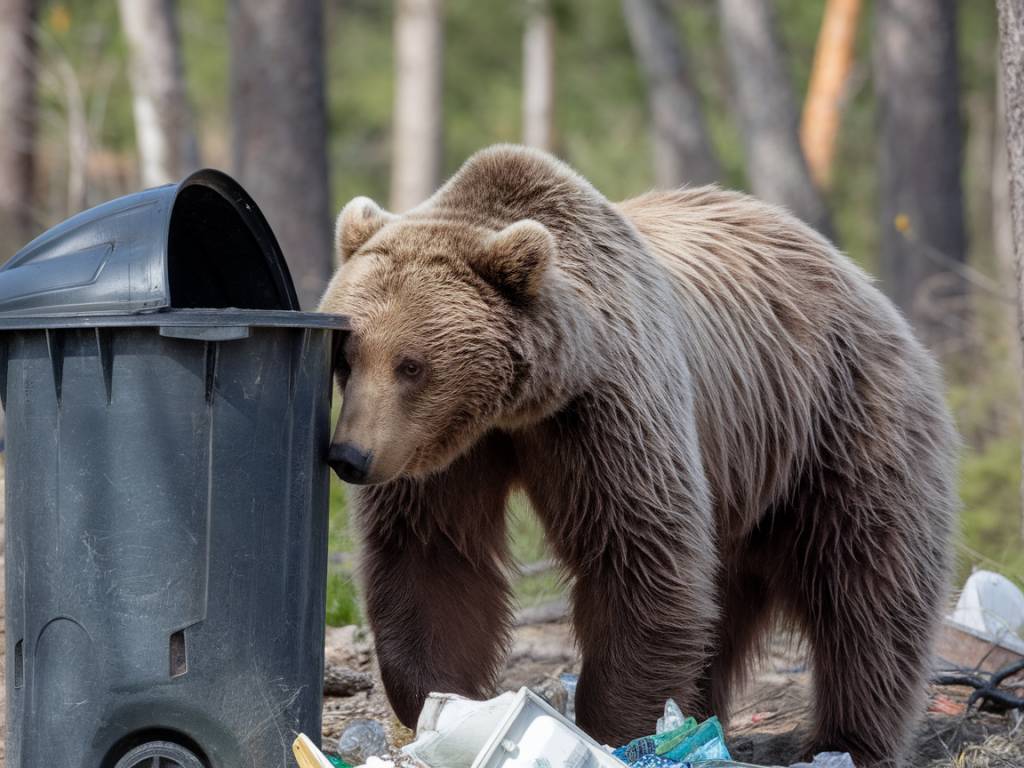
How to handle food storage to keep wildlife away
When it comes to the great outdoors, one of the most crucial aspects of camping or hiking is how to handle food storage to keep wildlife away. With the right techniques and precautions, you can enjoy your adventure without unwelcome encounters with animals. The importance of proper food storage cannot be overstated, as it not only ensures your safety but also protects wildlife from becoming dependent on human food.
Understanding Wildlife Behavior
Before diving into specific methods of food storage, it’s essential to understand why wildlife is attracted to human food. Wild animals have a keen sense of smell and can detect food from miles away. Once they associate humans with easy meals, they can become habituated and lose their natural fear of people, which can ultimately lead to dangerous encounters for both the animals and humans.
Animals like bears, raccoons, and even rodents are notorious for raiding campsites in search of food. Therefore, knowing the types of wildlife in the area you’ll be exploring is a good first step in planning your food storage strategy.
Best Practices for Food Storage
Implementing the right food storage techniques is essential in keeping wildlife at bay. Here are some tried-and-true methods:
- Bear-proof containers: Using bear canisters or bear bags is one of the most effective ways to store food. These containers are designed to be smell-proof and durable enough to withstand attempts by bears and other animals to break them open.
- Hang your food: If you don’t have a bear canister, another option is to hang your food from a tree. Use a rope to suspend your food bag at least 10-15 feet off the ground and 4 feet away from the trunk. Make sure it’s high enough and far enough to deter animals from reaching it.
- Use a designated storage locker: Many campsites in bear country provide metal storage lockers specifically designed to keep wildlife out. Utilize these lockers whenever available.
- Odor-proof bags: Storing your food in odor-proof bags can help minimize the scent that attracts wildlife. These bags are especially useful in combination with bear canisters or when hanging food.
- Keep your campsite clean: Never leave food or food scraps lying around. Dispose of waste properly and keep all packaging and cooking utensils stored securely.
What to Do with Cookware and Toiletries
It’s not just food that can attract wildlife. Cookware, toiletries, and even clothes that smell of food pose a risk. Here’s how to handle them:
- Cookware: Clean your cookware thoroughly after each use. Avoid washing dishes near your campsite; instead, dispose of waste water away from sleeping areas to avoid attracting animals.
- Toiletries: Store items like toothpaste, soap, and sunscreen with your food. These products can have strong scents that attract animals. Use scent-free versions when possible.
- Clothes: Store clothing worn during cooking with your food. Ensure these clothes are kept away from your sleeping area to minimize any potential attractants.
Food Storage While Hiking
Proper food storage isn’t only important when you’re settled at a campsite. While hiking and on the move, certain precautions should be taken:
- Keep food secure in your pack: Use odor-proof bags and store food in the middle of your pack. This reduces the chance of animals sniffing out your snacks while you’re on the trail.
- Break down packaging: Before setting out, repackage food into smaller, more compact containers that are easier to store and carry. This also reduces waste and minimizes the scent trail.
- Don’t litter: Always pack out what you pack in. Littering food waste can contribute to wildlife becoming habituated to human presence.
Identifying and Managing High-Risk Areas
Some areas are more prone to wildlife encounters than others. Knowing these high-risk zones and managing your food storage accordingly is crucial:
- Bear country: In regions known for bear activity, follow all recommended guidelines. Use bear canisters, hang your food, and make noise while hiking to avoid surprising a bear.
- Rodent-heavy areas: Mice and other small animals can chew through packs and containers. Use metal or thick plastic storage options to deter these persistent creatures.
- Developed campsites: Wildlife in developed areas may be more habituated to humans. Always use designated food storage solutions provided at these sites.
Invest in Reliable Gear
Investing in quality gear designed to store food securely is key. Some recommended products include:
- BearVault BV500 Bear Canister: This is a popular choice among backpackers. It’s durable, transparent for easy visibility, and approved by several national parks.
- Ursack Major Bear Bag: Made from bulletproof fabric, this bag is resistant to bear claws and teeth. It’s lightweight and easy to pack.
- OPSAK Odor Proof Barrier Bags: These bags are excellent for containing smells. Use them inside bear canisters or other storage methods for added security.
Leave No Trace Principles
The Leave No Trace principles are essential guidelines for anyone enjoying the outdoors. These principles help protect natural environments and wildlife:
- Plan ahead and prepare: Research the area you’ll be visiting and familiarize yourself with local wildlife and food storage regulations.
- Dispose of waste properly: Pack out all trash, leftover food, and litter. Use bear-proof trash receptacles when available.
- Respect wildlife: Observe animals from a distance. Never feed wildlife or leave food unsecured.
By adhering to these principles and using the appropriate food storage techniques, you can significantly reduce the likelihood of wildlife encounters. Remember, the goal is to protect both yourself and the natural inhabitants of the areas you explore. Safe and secure food storage practices not only enhance your own outdoor experience but also contribute to the wellbeing of local wildlife.

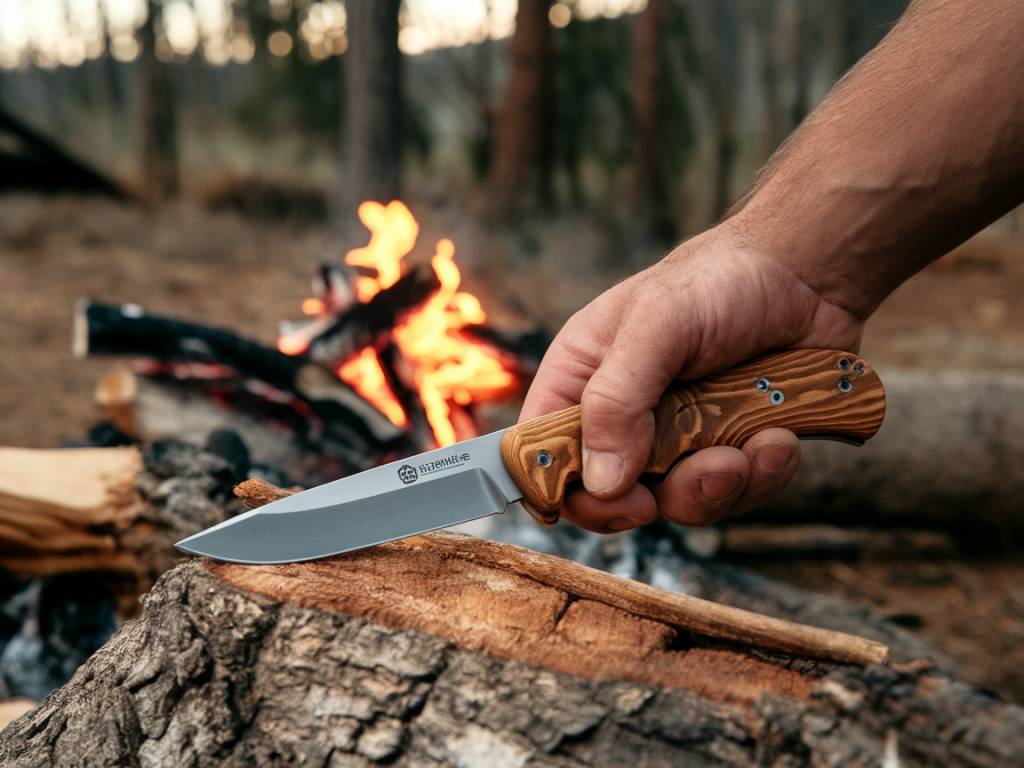 Best survival knives for outdoor adventures
Best survival knives for outdoor adventures 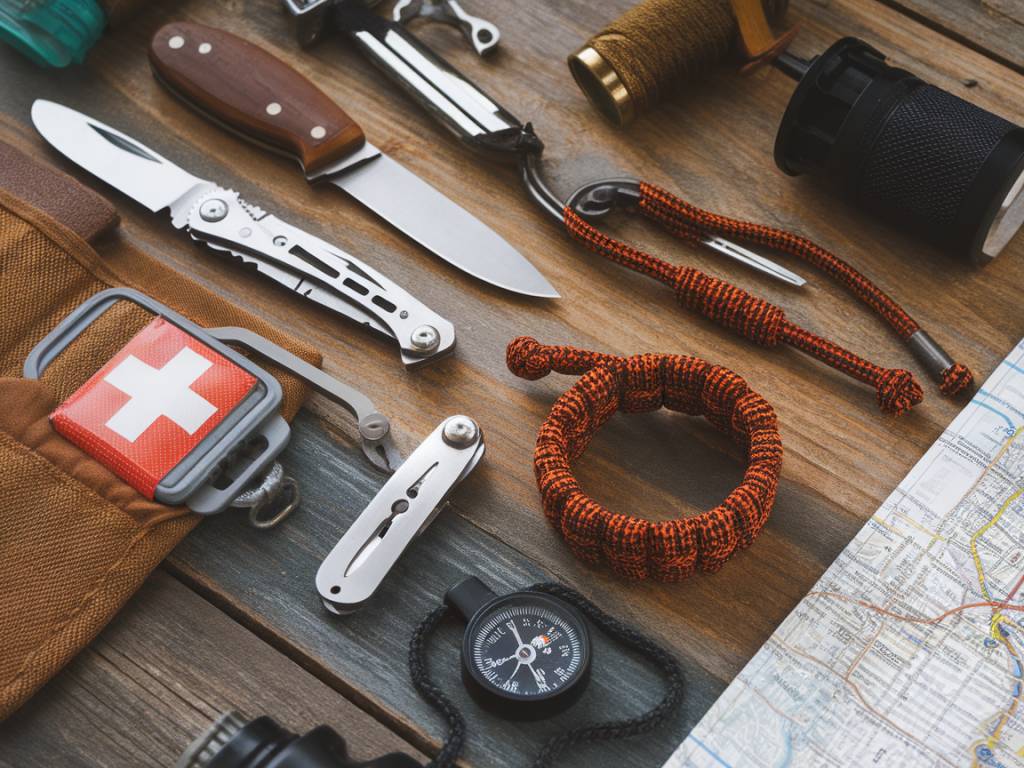 10 must-have survival tools for any adventure
10 must-have survival tools for any adventure  Wild foraging: identifying edible plants in the wilderness
Wild foraging: identifying edible plants in the wilderness 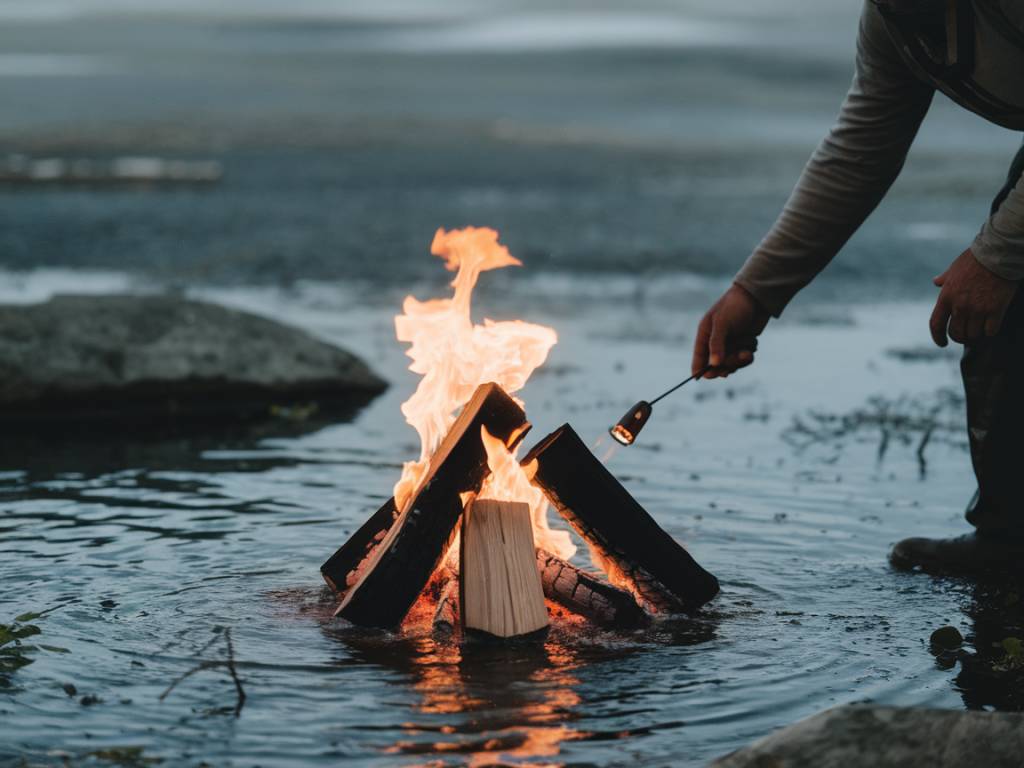 How to make a fire in any weather conditions
How to make a fire in any weather conditions 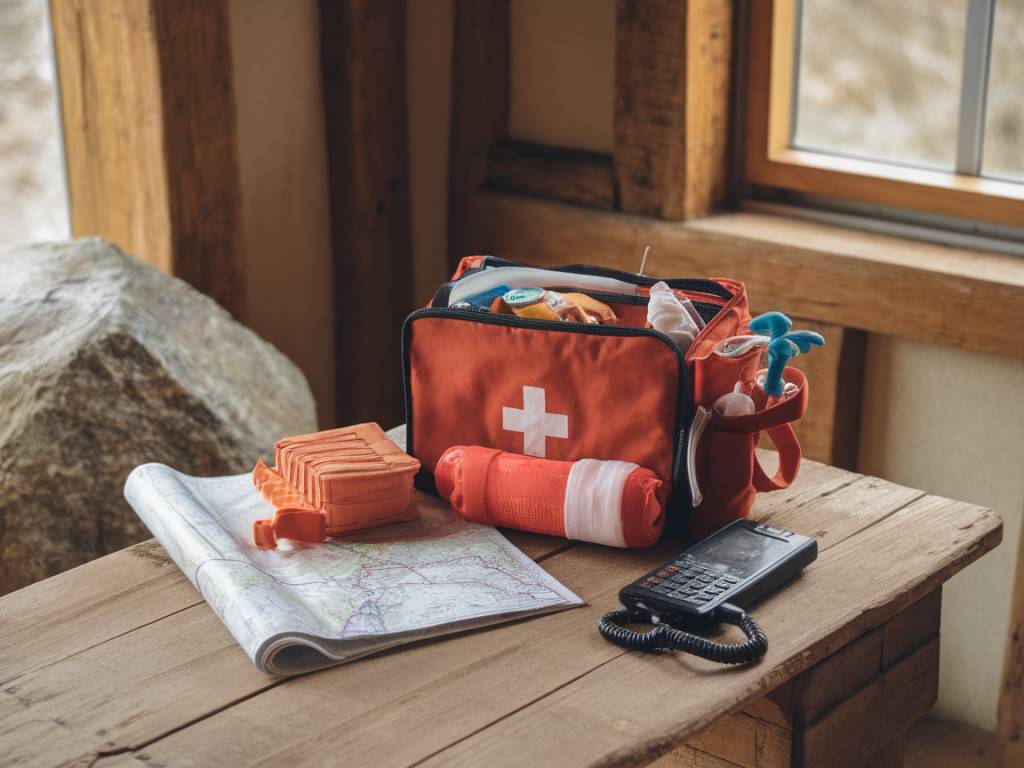 How to handle emergencies in remote locations
How to handle emergencies in remote locations 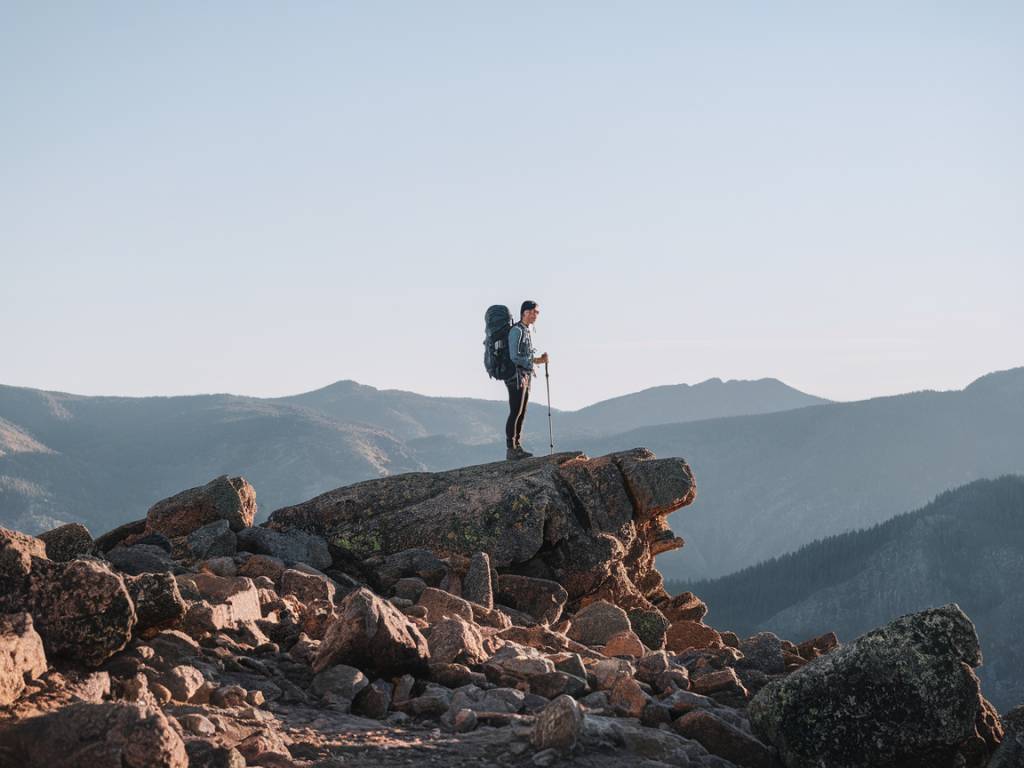 How to stay safe while solo hiking in remote areas
How to stay safe while solo hiking in remote areas 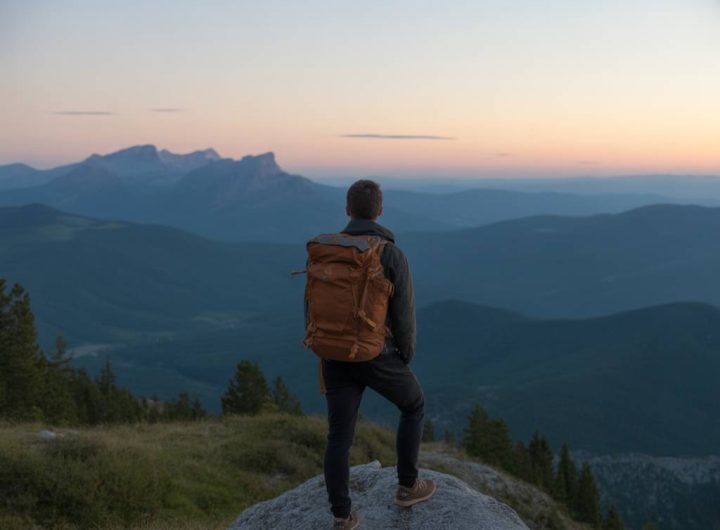 Microaventures près de chez vous : comment vivre l’aventure sans quitter votre région
Microaventures près de chez vous : comment vivre l’aventure sans quitter votre région 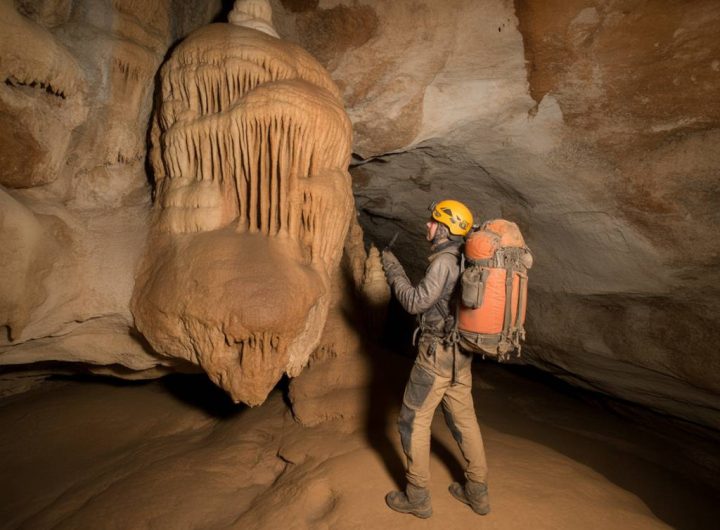 Caving Adventures: Exploring the World’s Most Fascinating Underground Destinations
Caving Adventures: Exploring the World’s Most Fascinating Underground Destinations 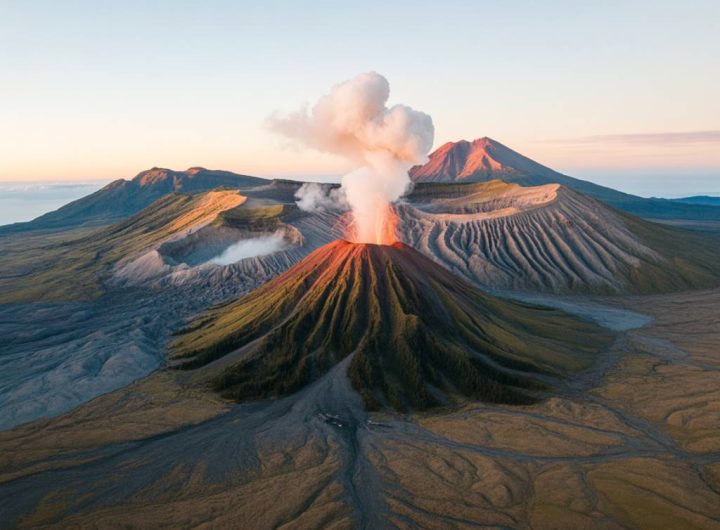 Exploring Volcanic Landscapes: Top Adventure Destinations Around Active Volcanoes
Exploring Volcanic Landscapes: Top Adventure Destinations Around Active Volcanoes 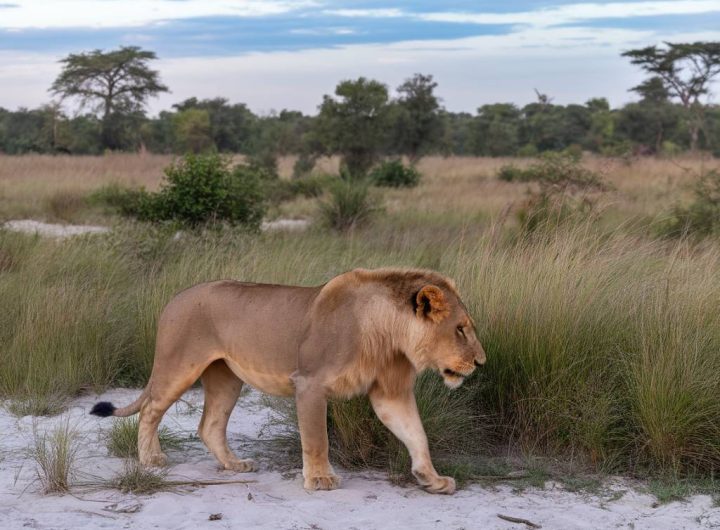 Best African safari destinations: top 5 experiences in Africa
Best African safari destinations: top 5 experiences in Africa